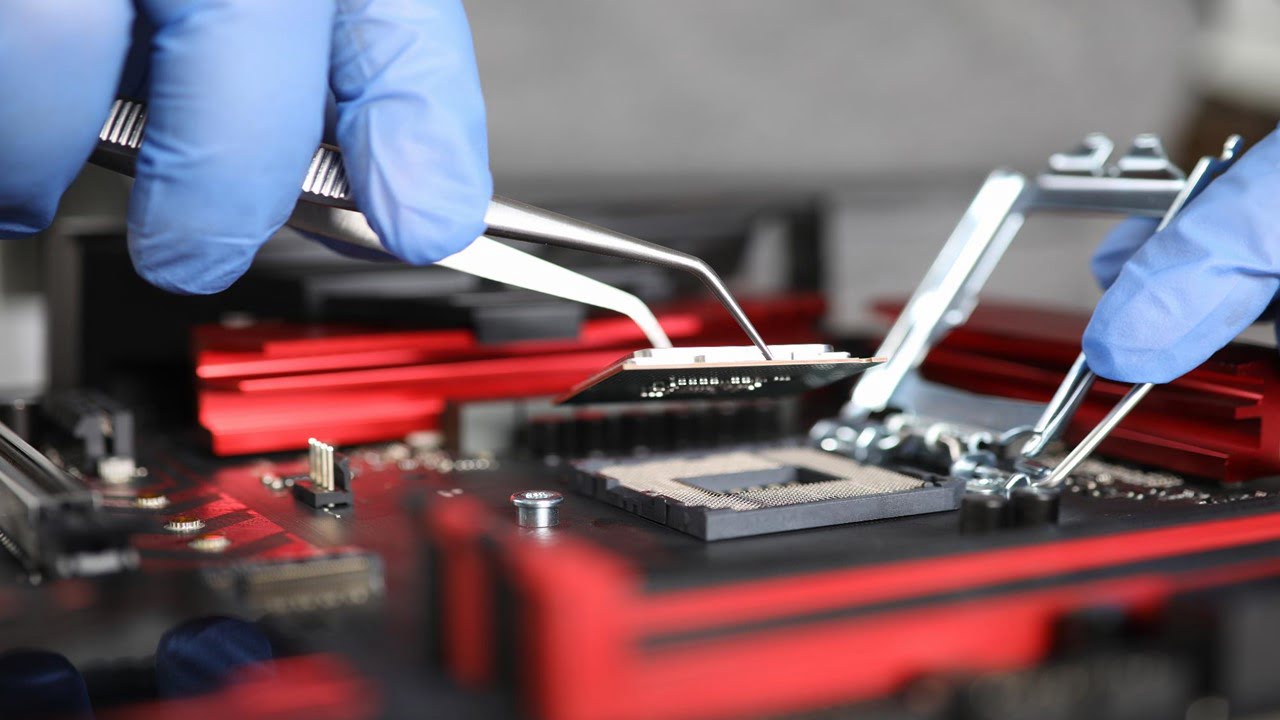
Researchers have made significant strides in optoelectronics by developing a new type of LED capable of emitting spin-controlled photons at room temperature. This breakthrough could revolutionize how we harness light and electrons in devices like LEDs, solar cells, and lasers. The team’s previous research involved creating a polarized LED using perovskite materials. Building upon this [..]
Read More
A team of researchers has made a significant breakthrough in photonics by trapping alkali atoms on an integrated photonic circuit. This groundbreaking achievement paves the way for developing quantum networks based on cold-atom integrated nanophotonic circuits. The team successfully cooled cesium atoms to near zero and trapped them on a photonic waveguide. These “frozen” atoms, [..]
Read More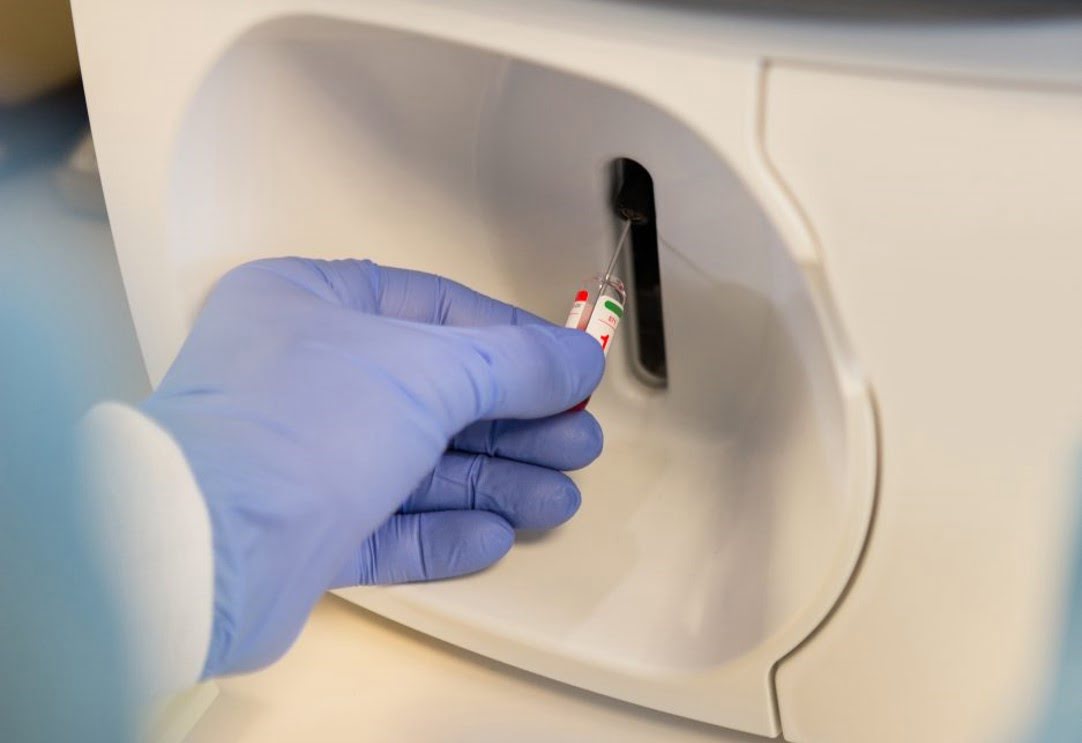
Accurately identifying and counting white blood cells (WBCs) in medical diagnostics is crucial for disease diagnosis and treatment monitoring. Traditionally, this task has been performed manually using microscopes, a time-consuming and labor-intensive process. The recent development of digital morphology analyzers offers a potential solution for faster and more automated WBC analysis. The new research evaluates [..]
Read More
Augmented reality (AR) is set to revolutionize how we interact with the world, overlaying digital information onto our physical environment. While various AR devices exist, stylish and lightweight glasses are poised to become the mainstream. To deliver a compelling AR experience, these glasses require advanced display technologies. Two primary display technologies compete for dominance in [..]
Read More
New research proposes a novel data privacy preservation protocol for smart cities that leverages the security benefits of biometrics while maintaining energy efficiency. Biometric data, such as fingerprints or facial recognition, provides a unique identifier for user authentication. The protocol incorporates fuzzy commitment schemes, a cryptographic primitive well-suited for optics and photonics applications due to [..]
Read More
Microwaves, a form of electromagnetic radiation, are finding new applications in medical imaging. A recent study demonstrates the potential of microwave-induced ultrasound imaging for real-time tissue monitoring. The new method uses high-energy pulsed microwaves to excite molecules within tissue. This creates images at a high frame rate, which means that the images can be updated [..]
Read More
Researchers have made a significant breakthrough in creating perfect linear optics using silicon photonics. This new approach overcomes limitations faced by current state-of-the-art optical architectures. The problem lies in achieving high fidelity while avoiding insertion loss. Traditional methods often introduce unwanted signal loss or errors. The researchers have proposed a groundbreaking solution using a silicon [..]
Read More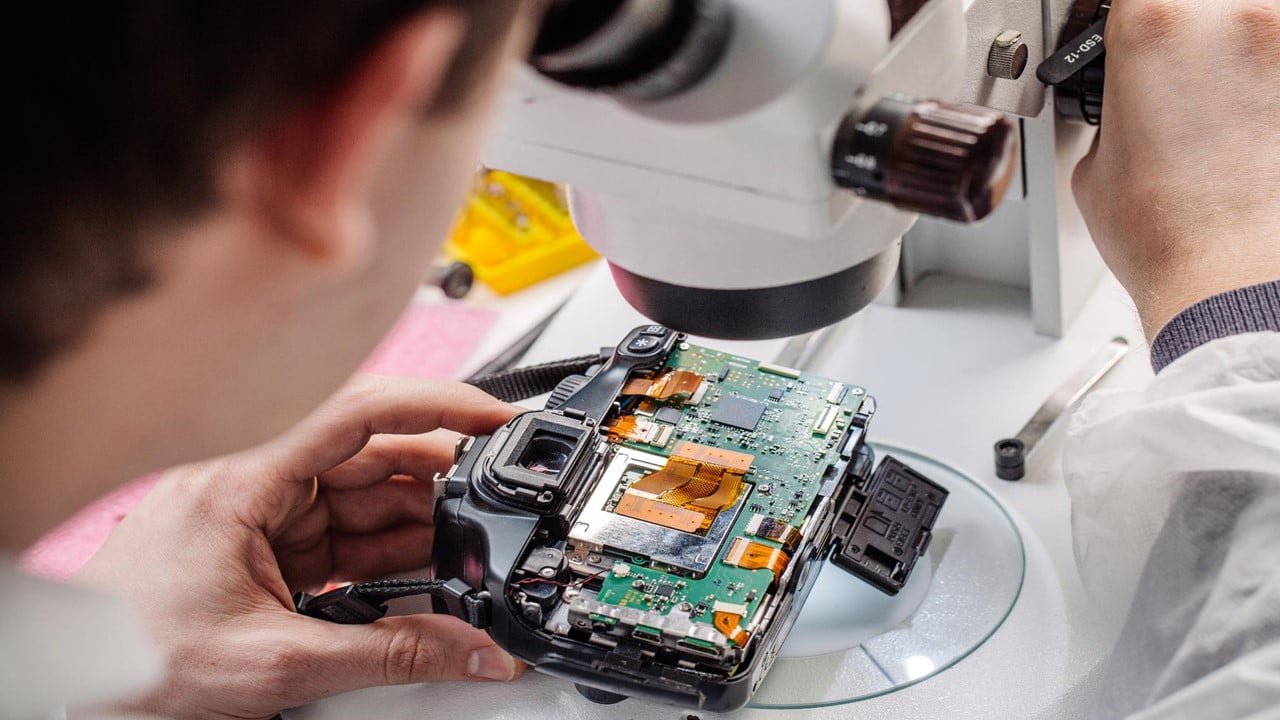
Researchers have successfully observed a time crystal oscillating at GHz frequencies on a chip, marking the first time such high-frequency oscillations have been observed in a condensate sample on a semiconductor device. This discovery could lead to new applications in optoelectronic devices. Time crystals are a special material that exhibits a periodic structure in time [..]
Read More
Building large-scale quantum computers capable of tackling problems beyond the reach of classical machines requires reliable methods for creating and connecting quantum bits (qubits). Researchers have taken a significant step forward with a new technique using femtosecond lasers to create and manipulate photonic qubits—qubits based on light particles. The challenge lies in precisely positioning and [..]
Read More
In a groundbreaking development, researchers have engineered a device capable of controlling photon emission with unparalleled precision. This innovative technology promises to revolutionize quantum applications by enabling more efficient miniature light sources, highly sensitive sensors, and robust quantum bits essential for quantum computing. The team utilized nanophotonic tools to achieve this feat. By employing tiny [..]
Read More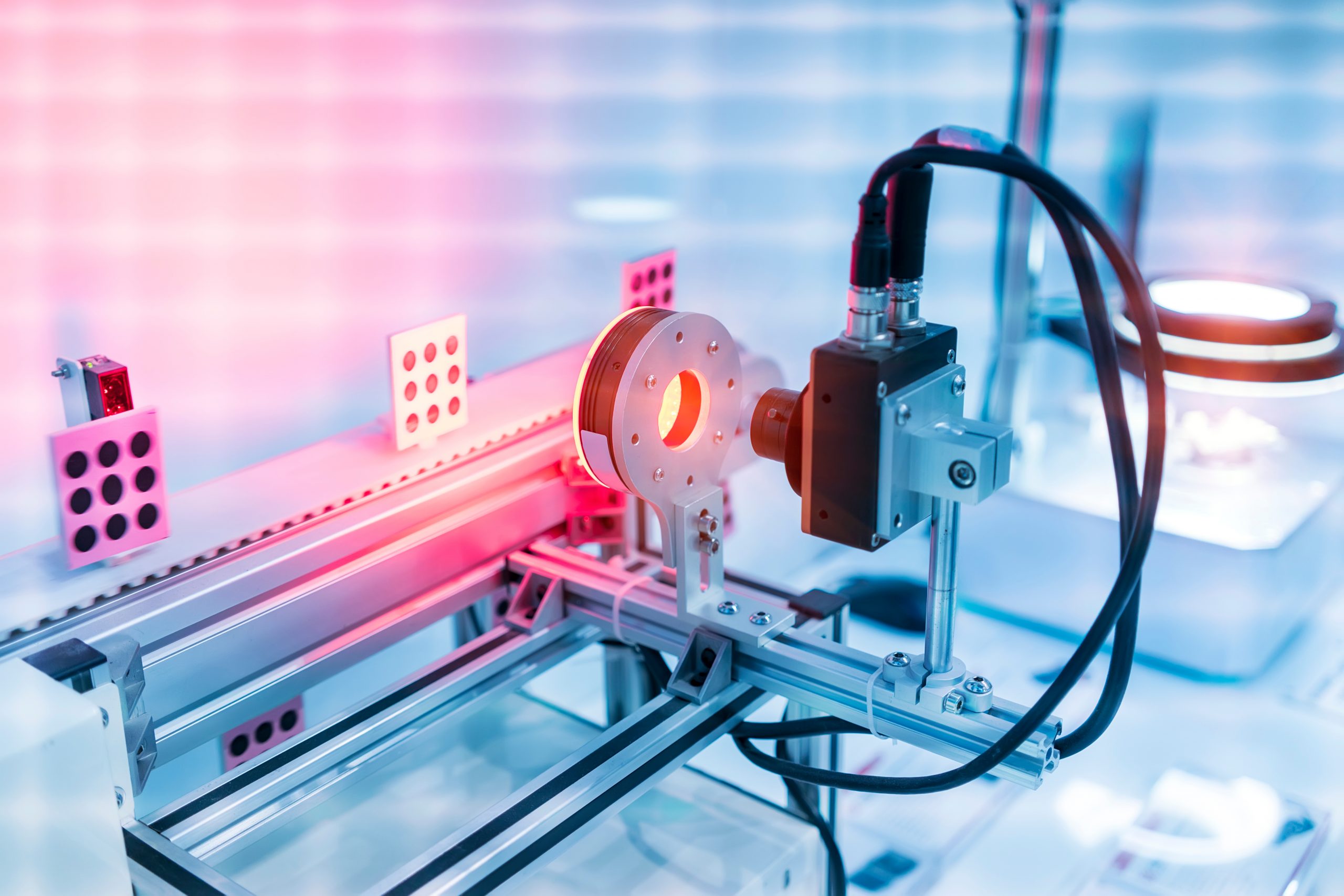
The burgeoning field of intelligent unmanned systems, encompassing applications like autonomous driving and embodied AI, hinges on robust visual perception. However, traditional vision chips struggle in dynamic, unpredictable environments due to processing power and bandwidth limitations. This leads to distortions, failures, and high latency, compromising system safety and stability. Researchers have taken a revolutionary approach, [..]
Read More
New research discusses conventional optical microscopes’ limitations and dielectric microspheres’ potential to overcome these limitations. It describes a novel 3D micro-device fabricated using femtosecond laser ablation and multi-photon lithography. This device integrates a modified coverslip and a microsphere to achieve enhanced resolution. Conventional optical microscopes are limited by diffraction, which restricts their ability to resolve [..]
Read More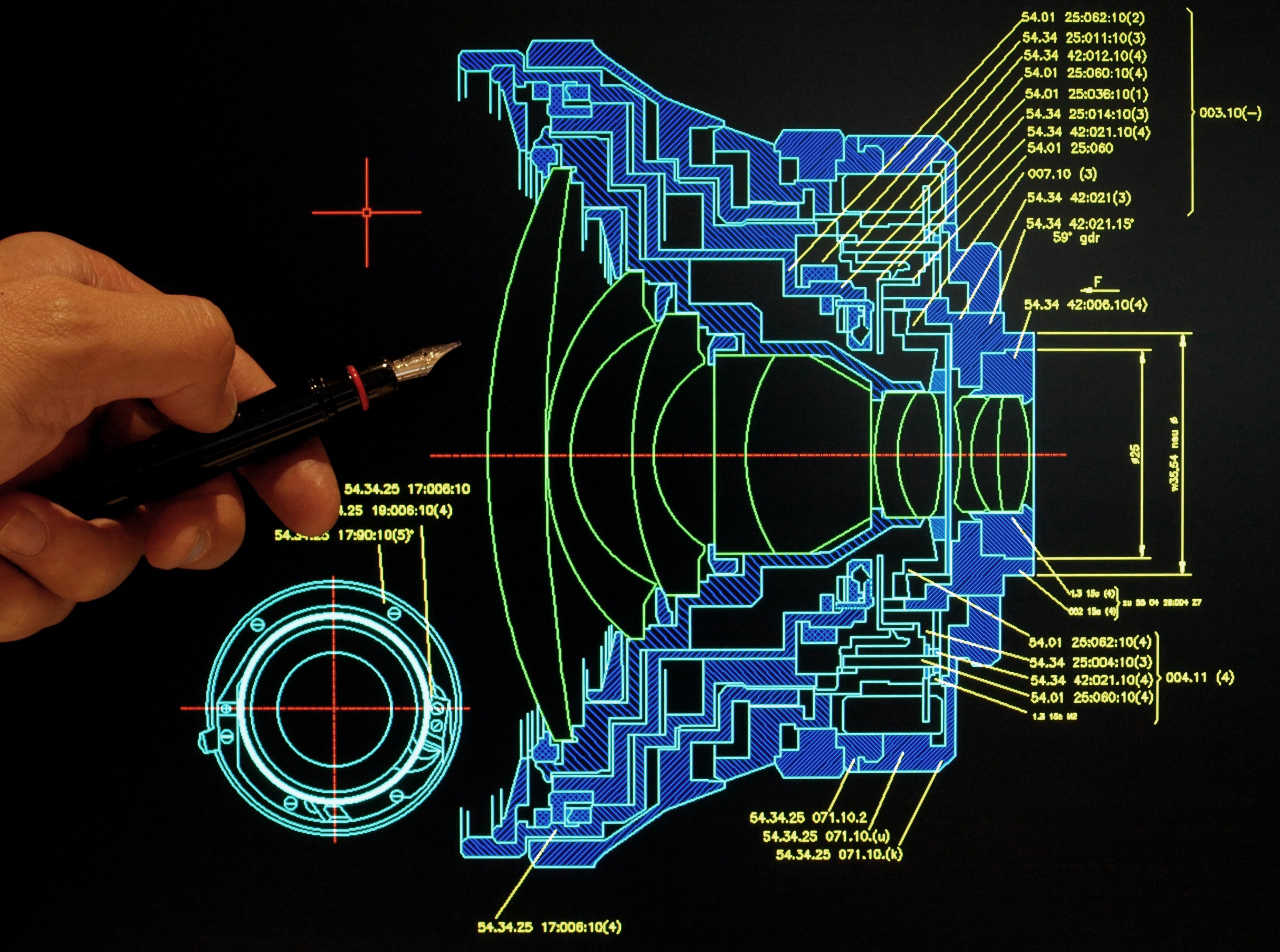
Researchers have developed a new technique for measuring very small displacements using light called nano-optomechanical fiber-tip sensing. This technique has several advantages over traditional methods, making it ideal for various applications. One major advantage is its simplicity. Unlike traditional methods that require complex optical setups, nano-optomechanical fiber-tip sensing only uses a tiny mirror placed on [..]
Read More
Holography plays a crucial role in quantum optics. It has the potential to revolutionize areas like quantum communication and computation. However, errors can occur during information transmission. This is where quantum error correction comes in. Researchers have recently proposed a novel method for holographic error correction using stabilizer graph codes. Stabilizer graph codes are a [..]
Read More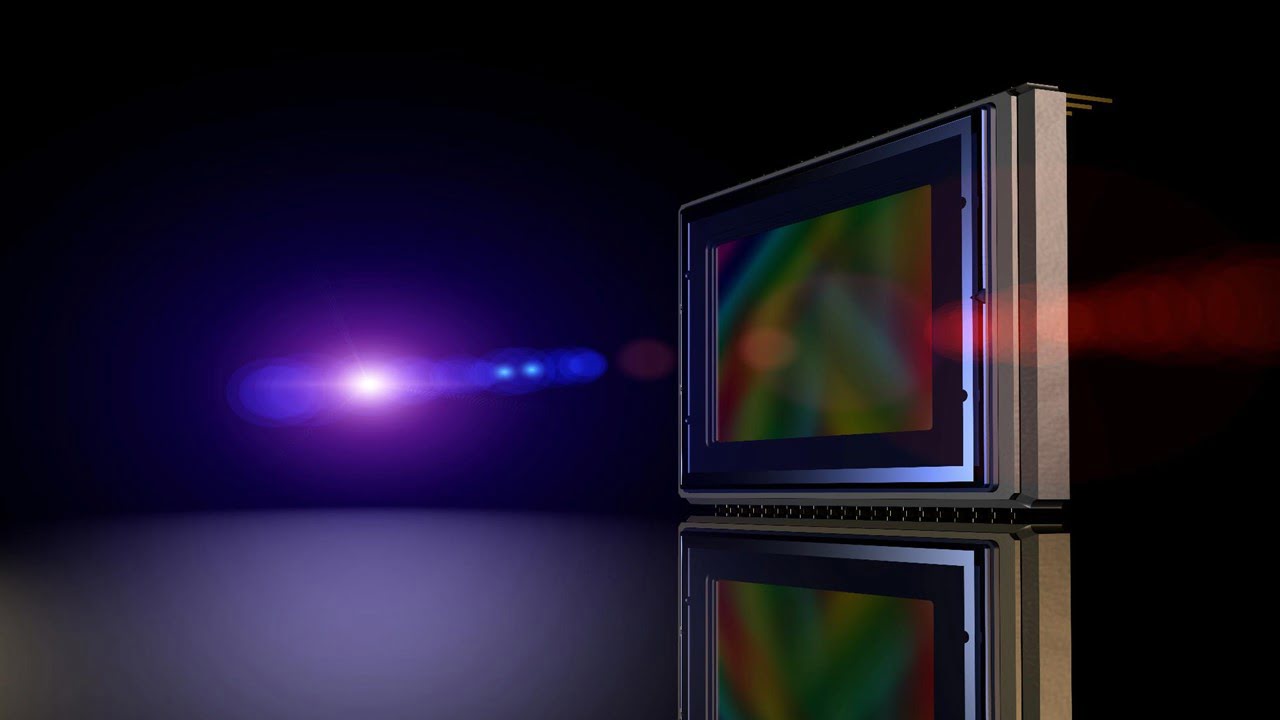
Researchers have developed a new type of optical barcode that could revolutionize high-resolution sensors. These barcodes use whispering-gallery-mode (WGM) resonators, which are tiny cavities that trap light and can be used to detect chemicals and other substances. However, traditional WGM resonators have limitations, such as a narrow dynamic range and limitations in resolution and accuracy. [..]
Read MoreHigh refractive index polymers (HRIPs) are the unsung heroes of modern optoelectronic devices, from phone displays to light sensors. However, current HRIPs are expensive and unfriendly to the environment. Researchers have developed a game-changer: poly(thiourea)s (PTUs). These new HRIPs are transparent, easy to make, and remarkably – recyclable! The secret lies in PTUs’ unique structure. [..]
Read More
Imagine a lab where cutting-edge optics are used to crack the code of interstellar chemistry. This is exactly what’s happening at the Weichman Lab, where researchers use specialized high-resolution spectroscopy techniques to identify the building blocks of our universe. Funded by a new NSF grant, the lab is building a powerful tool to measure the [..]
Read More
Researchers have created the world’s first dual-beamline photoelectron momentum microscope, which has completely changed micrometer-scale investigations of electron behavior. This state-of-the-art experimental facility is essential to materials research and device engineering because conventional photoelectron spectroscopy offers a profound understanding of solid-state electrical structure. It now uses two undulator beamlines as excitation sources. The current vacuum [..]
Read More
Researchers have developed a new imaging probe that utilizes sound waves to generate 3D images of cells. This breakthrough innovation has the potential to revolutionize disease diagnosis in the future. The probe is exceptionally small, enabling it to be inserted into the body for minimally invasive procedures. This minimally invasive nature of the probe makes [..]
Read More
Researchers have developed a new type of UV-emitting glass that could significantly hinder biofilm formation. Biofilms are colonies of microorganisms that can accumulate on submerged surfaces and cause problems in numerous fields. The trick behind this innovation lies in incorporating nanoparticles into the glass structure. These nanoparticles can scatter UV light throughout the entire material. [..]
Read More